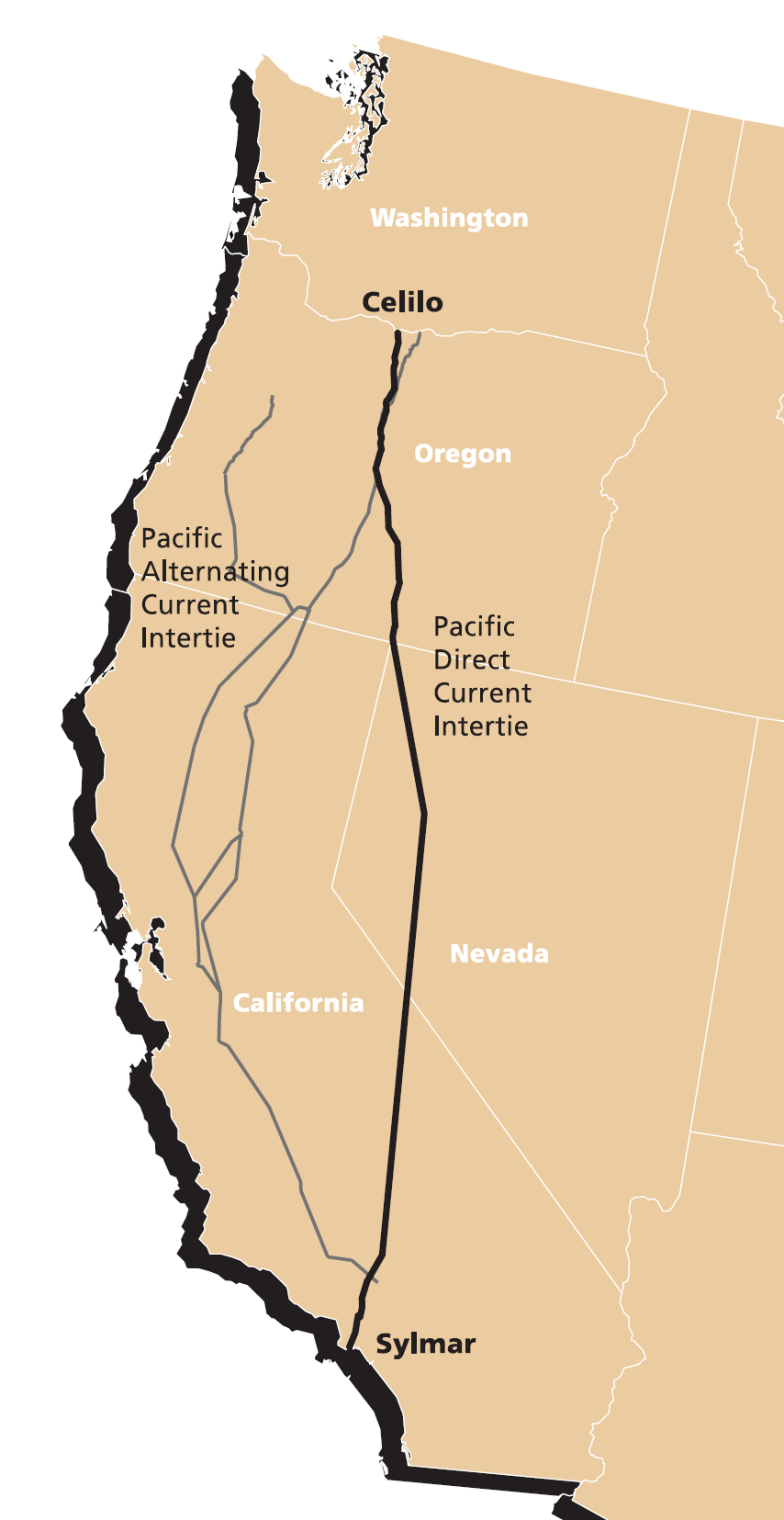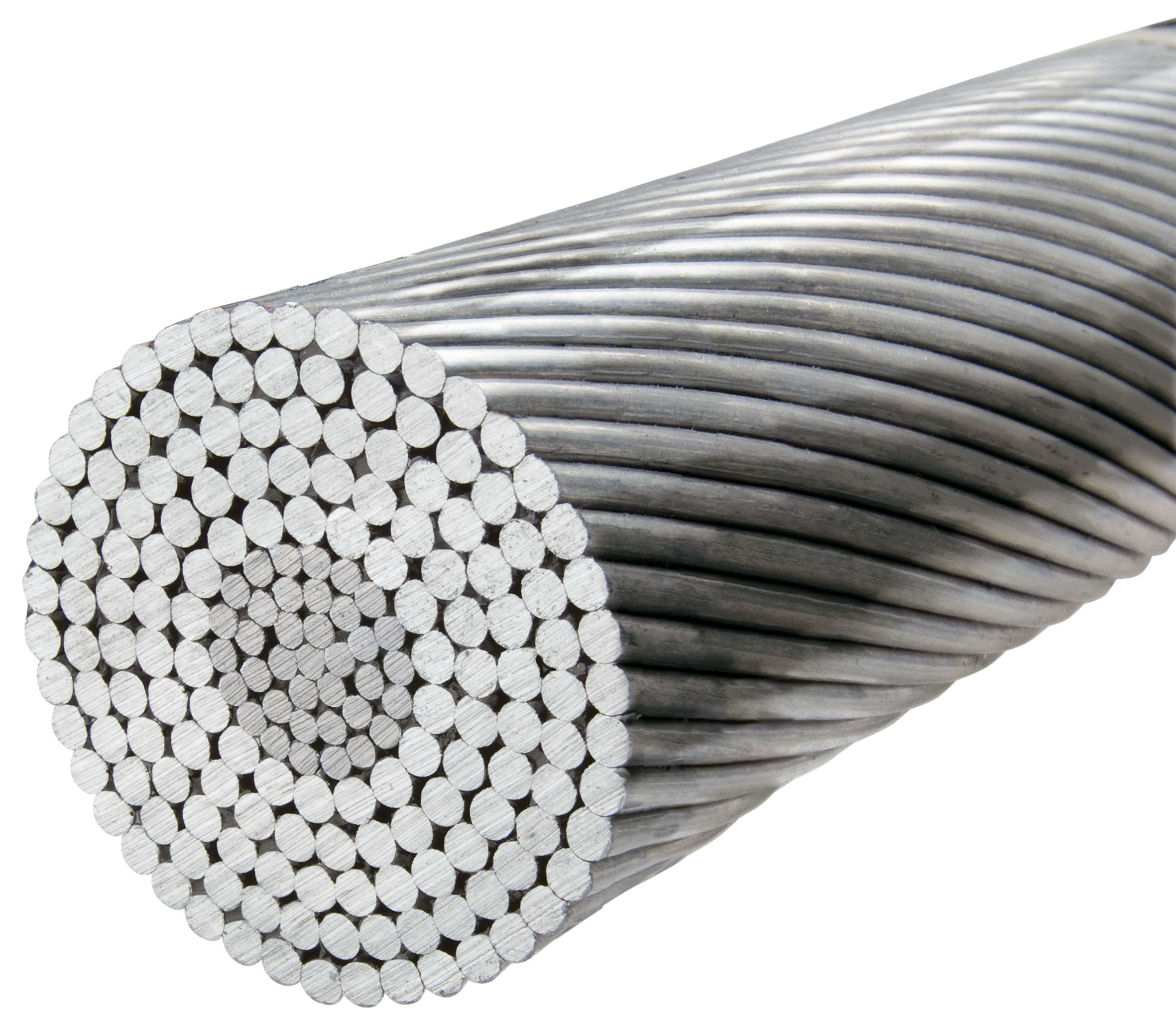crossy
Solar Addict
This popped up on another forum, interesting concept.

- The U.S.' aging infrastructure is struggling to keep pace with the rapid growth of renewable energy.
- IEEE: improvements and replacements to the grid’s 8,000 power-generation units; 600,000 circuit miles of AC transmission lines and 70,000 substations to support increased renewable energy and battery storage could cost $2.5 trillion.
- Upgrading existing lines using advanced conductors actually costs less than half what a new power line would cost because it does away with much of the construction spending.







